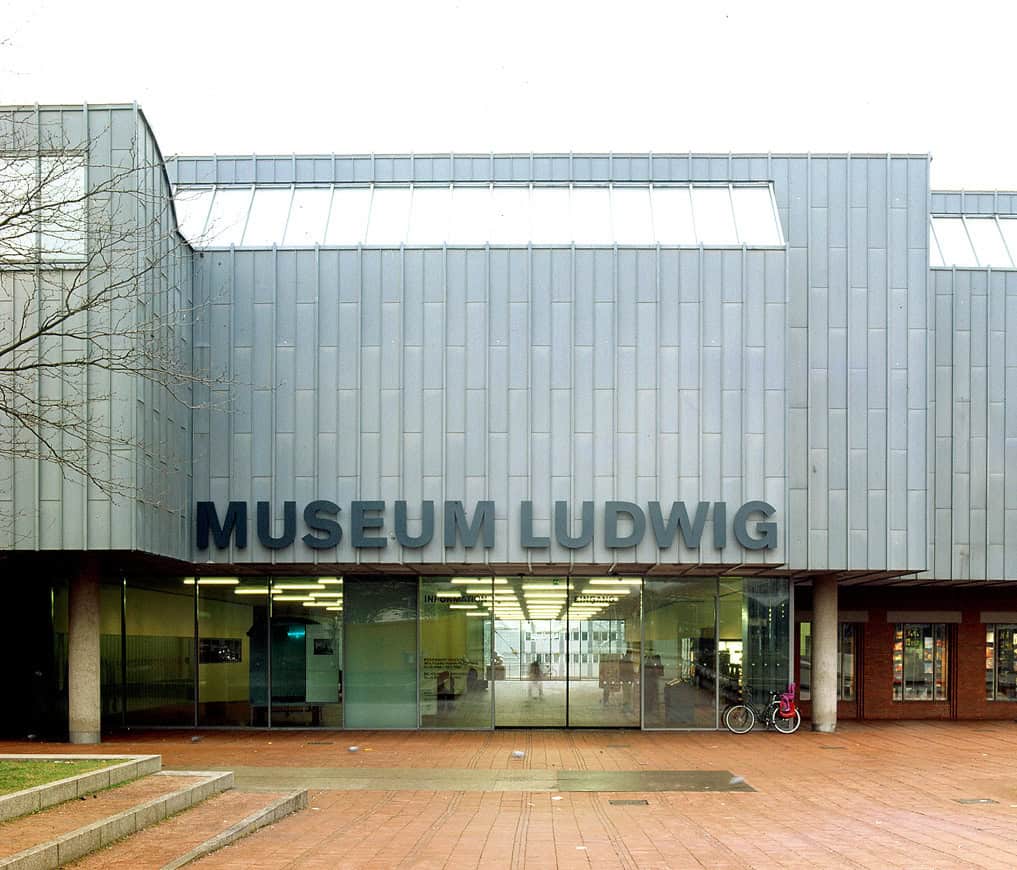They are embedded there in a panorama that traverses the 20th century through essential milestones and extends into the present. Much is owed here to the namesake: Chocolate manufacturer and major collector Peter Ludwig donated, in addition to Pop and Picasso, his top collection of Russian avant-garde art up to 1930. Since its founding in 1976, the institute has continuously acquired current works, the most recent additions are usually only a few months old.





In 1986, the Museum Ludwig moved together with the Wallraf-Richartz-Museum into the brick new building designed by architects Busmann and Haberer between the Cathedral, the Rhine, and the main train station. They resided together for 15 years under the zinc-clad roofs until the Wallraf-Richartz-Museum got its own building. Since then, the Museum Ludwig has been able to expand solely over the approximately 7,500 square meters. Under Kasper König, who took over in 2000, a lot has changed. The ideas of the successful director find visible expression in the foyer, which he had redesigned by star architect Rem Koolhaas into a bright, open, vibrant hall. The exterior and interior flow into each other.
